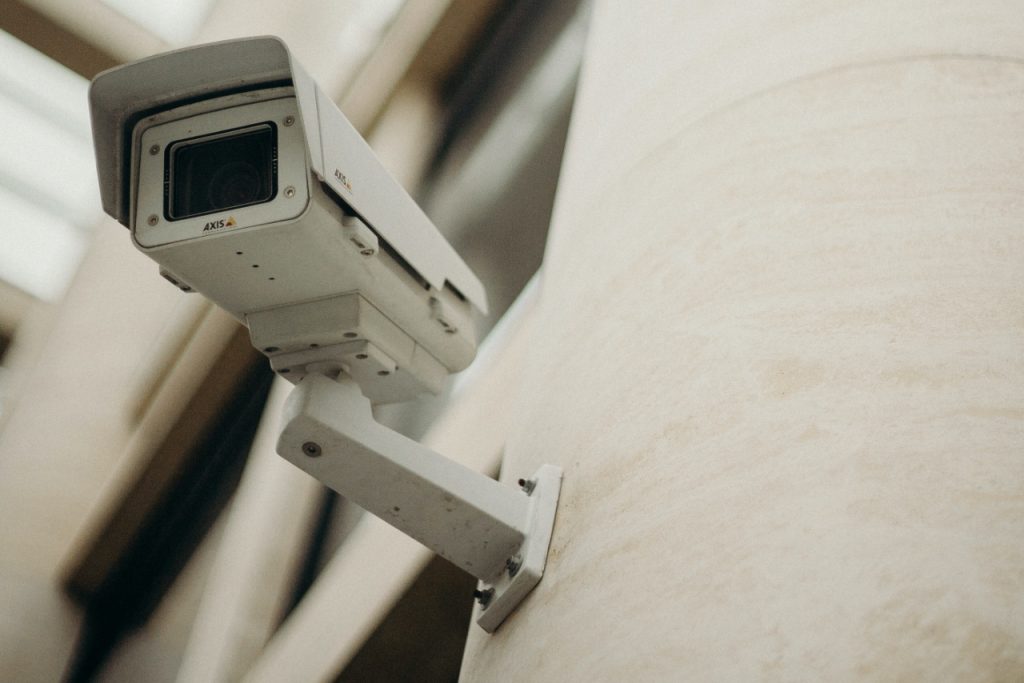Are they employed to protect your employees, your customers, or your property? Do you intend them to act as a deterrent against theft or vandalism? Do you hope they will stop internal theft or fraud?
It may be that you use them as at least a partial solution to all three of these questions. The security camera installation strategy you build should address these questions. Even then, this doesn’t mean your closed-circuit TV camera will be effective. You’ll need to consider positioning, maintenance, and use.
Advantages of Security Cameras
Prevention is always better than cure, and the installation of a CCTV camera creates a strong deterrent to all sorts of crime. Hopefully, you will never need to call on recordings as evidence of a crime. Should you need to, however, the recordings will only prove valuable if they are properly viewable. By ensuring that you first know exactly what you want from security cameras, you will be able to ensure they are positioned correctly. As with all machinery and technology, to ensure your security cameras are functioning at peak performance they need to be cleaned and maintained properly. Your closed-circuit TV camera will only do the job you allow them to do. As the saying goes, “Hope for the best and plan for the worst.” By security camera installation you are hoping for the best outcome: prevention of crime. By maintaining those security cameras in good order, you will be prepared for the worst should it happen.
Security Camera Installation Tips
1. The camera should be visible
If your camera isn’t visible, it’s not going to stop people from trespassing, stealing, or vandalizing. Visibility is easy to achieve. Simply approach the place you are trying to protect and see if the camera is visible. If it’s not, it will need to be moved. Of course, it’s unlikely that a camera will be visible from all angles, so some judgment will be needed to position your camera where it is most visible. Consider also the effect of placing notices ‘advertising’ your security camera, especially in positions where the camera itself cannot be seen.
2. Point towards the right direction
Once you’ve found the right positions for your closed-circuit TV camera, you’ll need to ensure they film what you need them to. Spend some time experimenting with height, the angle of elevation, and lighting. Cutting off an intruder’s head (on camera) will not make for positive identification.
3. Take care of the camera
There have been many instances where police have asked to review security camera footage and found there is none. Putting someone in charge of cameras should prevent this situation from ever happening to you. This person should be responsible not only for turning the cameras on at the stipulated time but also for their upkeep.
4. Regularly check your camera
It’s likely that some of your cameras will be outside. They will get dirty and high winds may move them a little over time. Check all cameras regularly to ensure they are still capturing the views required, that brackets are secure, and make certain the lenses are kept clean and dust-free. Tighten all cables to ensure the connection is stable.
5. Test your video recorder
Even if the picture is coming through to your screen and is perfectly visible, there is no guarantee it is recording correctly. Watch the screen and then replay the video that should be recording. Compare for picture quality. Once a week clean the head of the recorder with a head cleaning tape and have the device serviced regularly.
6. Keep your records safe
All of your videos or DVDs should be kept locked away in a fireproof safe if possible. Videotapes decay, with some studies showing that videotapes lose their validity after around ten years. Here are two things you should do to prolong the life of your security videos:
Keep them cool in an ambient temperature of 62 degrees Fahrenheit. Keep them dry in a low humidity environment (around 30%) which prevents hydrolysis. This can cause rapid decay of videotape.
